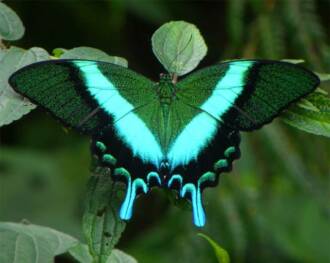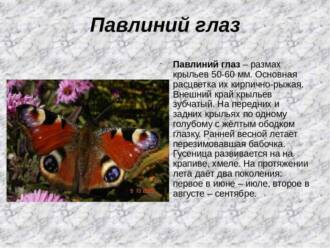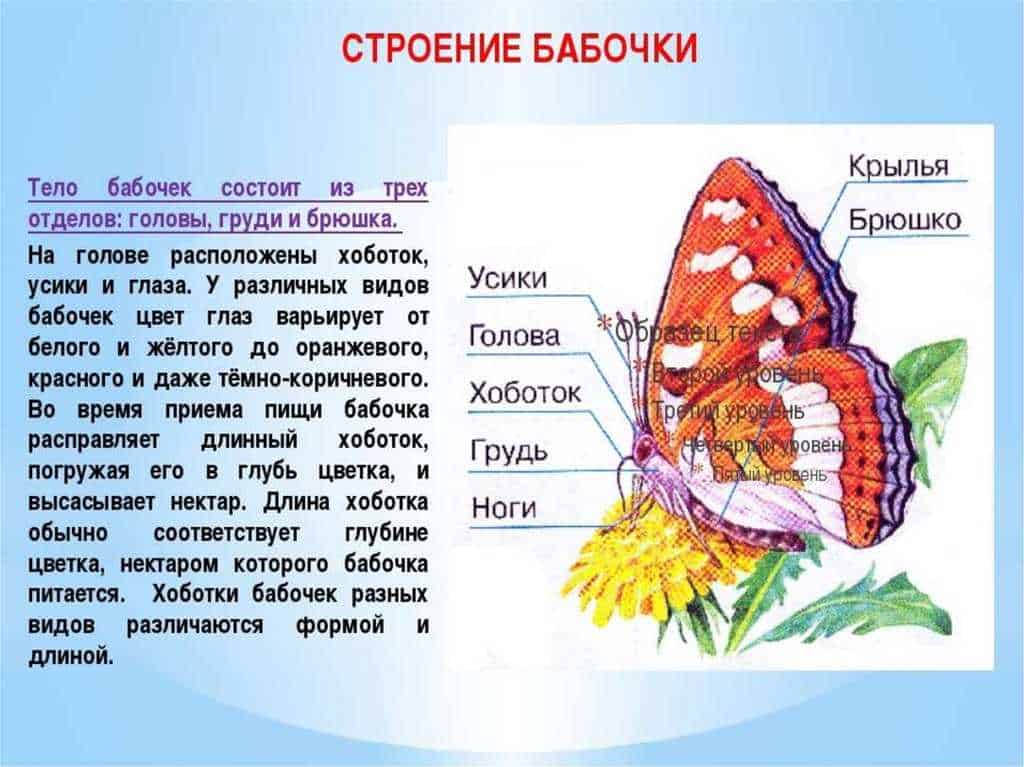
Butterflies are one of the most beautiful and mysterious creatures of nature. Their many different colors and patterns attract attention and delight people. But not only the appearance makes these insects amazing - their structure and behavior are also an object of interest to scientists and observers of nature.
One of the structural features of butterflies is their eye sockets. Eye sockets are peculiar sensitive organs located on the head of insects. They are complex structures made up of many small eyes called ommatidia. Each ommatidium has its own lens and photoreceptor cells that detect light signals. Thanks to this device, butterflies can perceive light and form an image of the world around them.
But the eye sockets of butterflies not only provide them with vision - they also perform another important function. Due to the ability of butterflies to see in the ultraviolet spectrum, they can identify flowers that appear to the human eye to be the same color. For example, nectar flowers can be of different colors for different types of butterflies, their eye sockets allow them to distinguish between these shades and find food sources.
Butterflies: amazing creatures of nature
Variety of shapes and colors
Butterflies are amazing insects that amaze with their variety of shapes and colors. There are more than 180 thousand species of butterflies in the world, and each of them is unique. They can be bright and colorful, with various patterns and patterns on their wings, or discreet and inconspicuous, with camouflage coloration that allows them to easily blend into their surroundings.
Amazing wing structure
Butterfly wings are also admired for their amazing structure. They are covered with a thin membrane called chitin, which gives them strength and lightness. Butterfly wings are made up of many delicate scales that give them their bright coloration. When the butterfly moves, the scales interact with each other, creating the effect of shine and play on the wings.
The transformation process
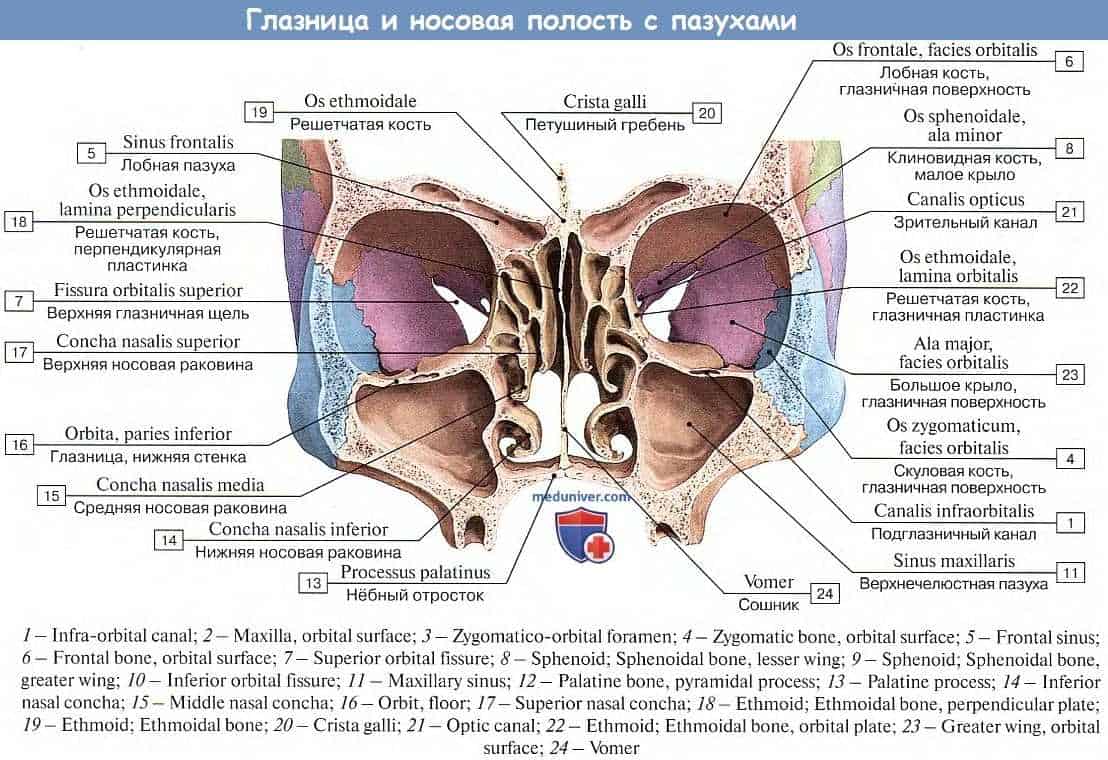
One of the most amazing features of butterflies is their transformation process. After the butterfly lays eggs, hungry caterpillars emerge from them. The caterpillar eats and grows to such a size that its skin becomes tight and it is forced to shed it. Then the transformation process begins - the caterpillar forms a scaly cocoon or chrysalis, in which changes occur. After a few weeks, an adult butterfly emerges from the chrysalis, ready for a new life in the world of eye sockets.
Role in the ecosystem
Butterflies play an important role in the ecosystem. They are pollinators of plants, transferring pollen from one flower to another, contributing to their reproduction. Butterflies also serve as food for many other animals, including birds and bats. They are part of the food chain and are important for maintaining the biological balance in nature.
Variety of butterfly species
The world of butterflies has a huge variety of species. Each type of butterfly is distinguished by its unique features in body structure, coloration and behavior.
There are many families of butterflies, including species such as admirals, pigeons, swallowtails, golden butterflies and many others. They differ in the shape of the wings, the length of their life cycle, as well as the attractive coloration, which can be bright and colorful or modest and green.
Butterflies vary in size from a few millimeters to several tens of centimeters. Their body structure also differs: some species have a narrow and graceful body that allows them to easily penetrate dense vegetation, others have wide and strong wings for long flight.
Each species of butterfly has its own preferences in choosing a habitat and food. Some prefer forest corners and flowering meadows, others - sunny fields and gardens with many flowers. Each species of butterfly has its own role in the ecosystem, performing important functions, such as pollination of plants and serving as food for other animals.
A variety of species of butterflies delights with its beauty and uniqueness. The study of this diversity allows us to better understand and appreciate the richness of nature and the need to preserve it.
Unique colors and patterns on the wings
Butterfly wings are a true work of art of nature. They amaze with their beauty and variety of patterns and color combinations. Each type of butterfly has its own unique wing design, which makes them special and unique.
Butterfly wing patterns can range from simple and symmetrical to complex and abstract. They can be geometric shapes, stripes, dots or strokes. Each pattern on the wings has its own function: some help butterflies hide from predators, others serve to attract partners during breeding.
The colors on the wings of butterflies are also impressive in their diversity. They can be bright and saturated, such as red, blue or yellow, as well as soft and pastel, such as pink, purple or light blue. Each color on the wings of butterflies has its own meaning and plays a certain role in the life of these beautiful insects.
It is interesting to note that the color and patterns on the wings of butterflies can change depending on the habitat and environmental conditions. This allows the butterflies to adapt to different environments and fool predators.
All in all, the unique colors and patterns on the wings of butterflies are one of nature's most amazing and beautiful phenomena. They attract the attention and admiration of people, and also play an important role in the life of the butterflies themselves.
The structure of the body and wings of butterflies
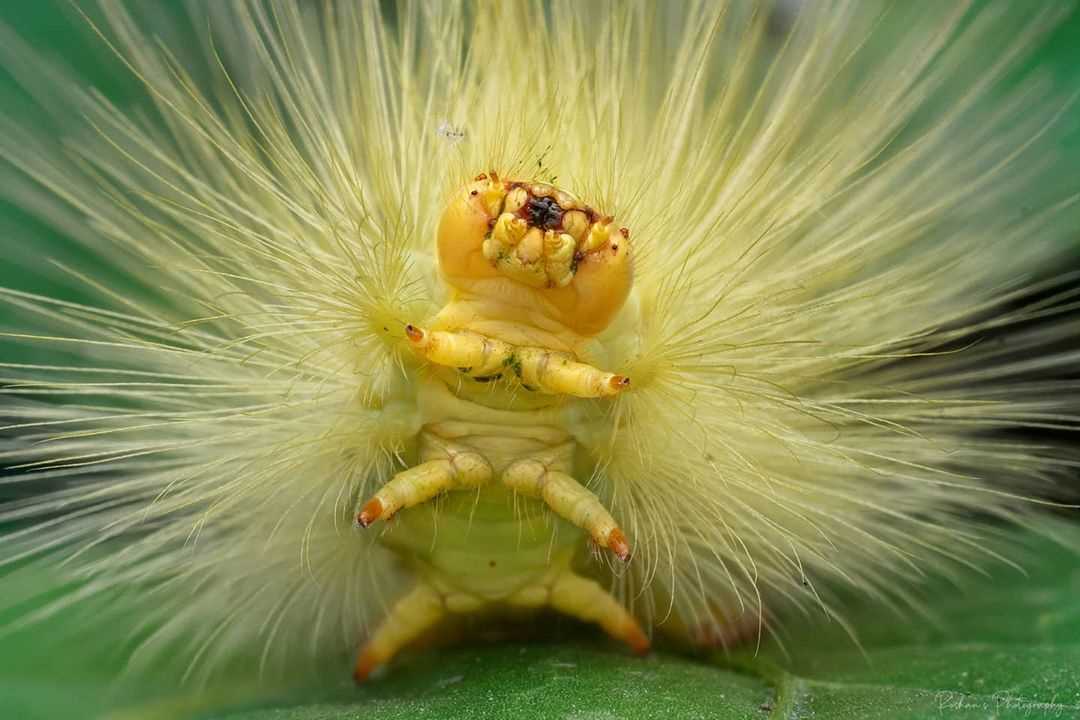
Butterfly body consists of three main parts: head, thorax and abdomen. The head is the smallest part of the body and contains the eyes, antennae, and mouthparts. The chest is the largest part of the body and serves to attach the crest on which the wings are located. The abdomen contains the digestive and reproductive organs.
butterfly wings are the most noticeable and unique attribute of these insects. They have a complex structure and can be of various shapes and colors. On the wings of butterflies, you can usually observe a variety of patterns, colors and patterns that serve to attract the attention of males and females, as well as to camouflage from predators.
Butterfly wings consist of two layers of covering - the upper and the lower. The upper covering is usually brighter and more saturated in color than the lower. The coverings of the wings are connected to each other by small scales, which give them a characteristic shine.
Some species of butterflies have wings with transparent areas called "windows." These windows allow light to pass through the wings and create a refracted effect, making the butterfly even more attractive to mates.
butterfly wings also have a special structure that allows them to fly easily and gracefully. They are lightweight and durable, which allows butterflies to make long flights and maneuver in the air. Butterfly wings are also able to quickly unfold and fold, allowing them to take cover from danger or take cover while at rest.
Eye sockets: unusual organs of vision
Eye sockets are special organs that play an important role in the process of vision in various animal species. They are cavities or depressions in the skull in which the eyes are located.
The eye sockets perform several functions. First of all, they protect the eyes from external damage and injury. Inside the eye sockets are muscles that provide eye movement and direction. In addition, the eye sockets provide support for other organs such as the eyelids and lacrimal glands.
The eye sockets have a peculiar anatomy and structure. They can vary in size and shape depending on the type of animal. Birds of prey, for example, have large, forward-facing eye sockets that provide a wide field of view and high accuracy when hunting. Some species of fish have eye sockets on the sides of their heads, allowing them to see in all directions at the same time.
Eye sockets are amazing organs that allow animals to perceive the world around them and navigate in it. They show a variety of evolutionary adaptations and are one of the key elements of the animal organism.
The process of metamorphosis in butterflies
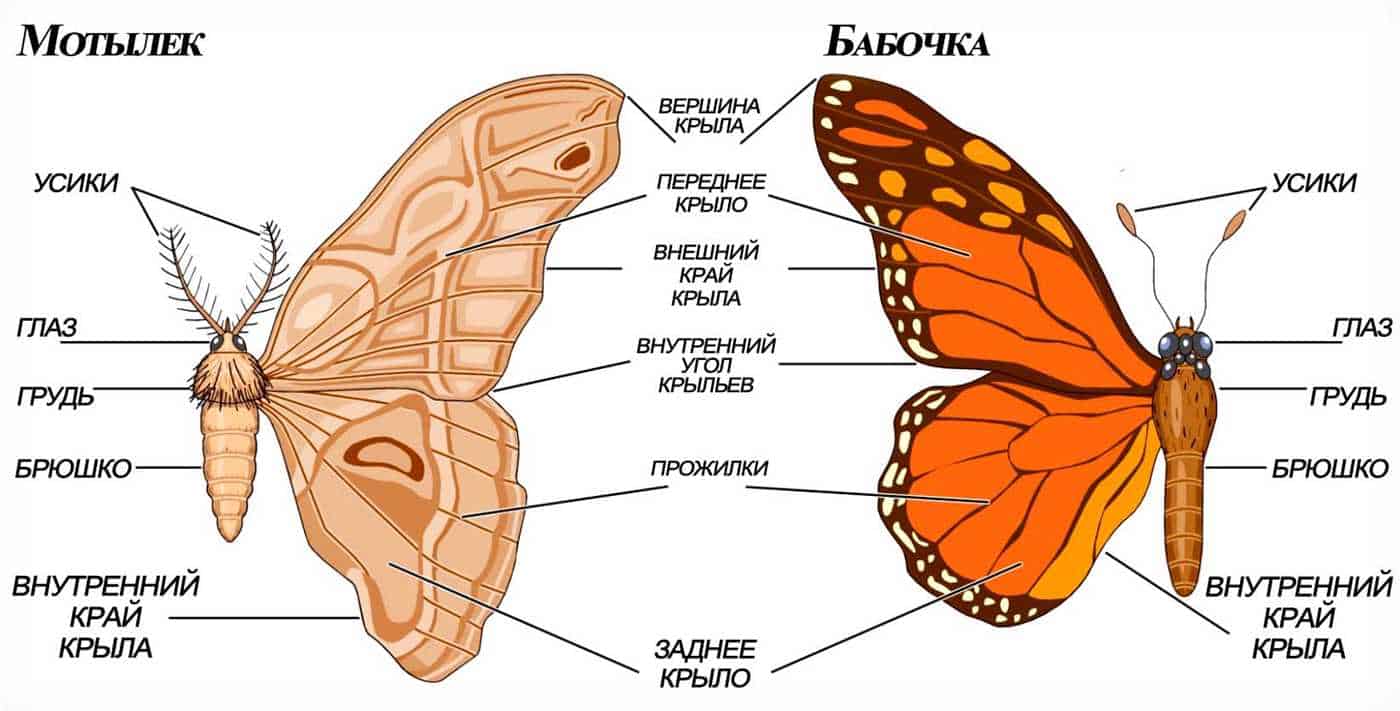
Metamorphosis is an amazing developmental process in butterflies that includes several stages.
1. Egg

The first stage of metamorphosis is the egg. The butterfly lays eggs on plants that will serve as food for future caterpillars.
2. Caterpillar
A caterpillar hatches from an egg. The caterpillar actively feeds and grows, passing through several molts to increase its size.
3. Pupa
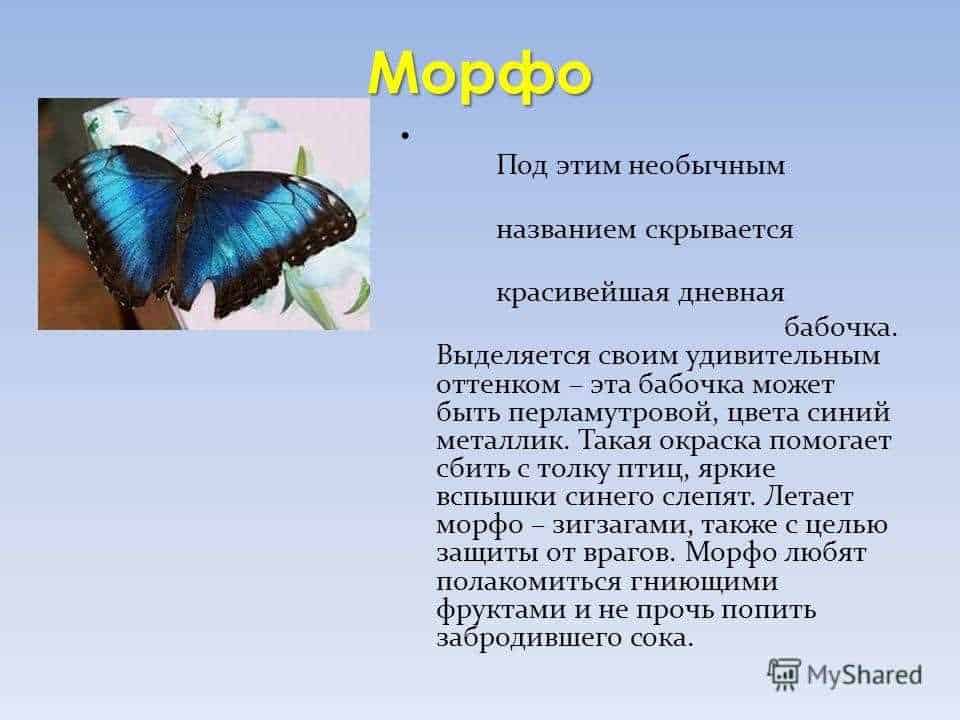
When the caterpillar reaches a certain size, it forms a cocoon or chrysalis. Amazing changes take place inside the chrysalis: the caterpillar turns into a butterfly.
4. Butterfly

Finally, an adult butterfly hatches from the pupa. At this stage, the butterfly is fully formed and ready to fly. She has wings that allow her to fly and look for a breeding partner.
Metamorphosis in butterflies is an amazing process that allows them to undergo significant changes from egg to adult.
The behavior of butterflies in search of food
Butterflies, like other insects, need constant food to maintain their livelihoods. They become active in search of food immediately after emerging from the chrysalis.
One of the characteristic behavioral features of butterflies is their ability to find flower plants that contain nectar - the main food source for them. Butterflies have excellent eyesight and can see colors that us humans don't always have. They prefer to visit flowers of bright and rich colors, as such flowers usually contain more nectar.
Butterflies also have an ingenious sense of smell that helps them locate flowers even in low visibility conditions. They recognize the scents given off by flowers and follow those scents to find a food source. Some species of butterflies have specific food preferences, such as being attracted only to certain types of flowers or certain scents.
When a butterfly finds a flower, it uses its long and flexible proboscis, which is part of its mouth, to plunge it into the flower and extract the nectar. Butterfly proboscis is a tube that can be of different lengths and shapes depending on the species. It allows the butterfly to sink into the flower without disturbing its structure or damaging the nectar. After the butterfly has had its fill of nectar, it flies to another flower to continue its search mission.
Butterflies and their role in plant pollination
Butterflies play an important role in the pollination of plants, being one of the main carriers of pollen. They are attracted to the scent and bright colors of the flowers, which allows them to find food sources and reproduce.
Pollination through butterflies is called entomophily and is one of the most common forms of pollination. Butterflies feed on the nectar of flowers, while on their body they transfer pollen from one flower to another, ensuring the fertilization of plants.
Interestingly, some species of butterflies, such as moths, have a long tongue that allows them to reach deep-seated flowers and reach for nectar. Thus, they can pollinate plants that other insects cannot reach.
Examples of butterflies that play an important role in plant pollination:
- Fieldfare — a large, brightly coloured butterfly that pollinates many plant species, including rowan, oak and linden.
- Apollo - a beautiful butterfly with transparent wings, which is an important pollinator for many mountain plant species.
- Monarch — a well-known migratory butterfly that pollinates milkweed and other plants during its journey.
Thus, butterflies play an important role in preserving the diversity of the plant world, ensuring the fertilization of many plant species and helping them to reproduce.
Butterfly hunting: predators and their strategies
Butterflies, due to their beautiful color and ease of flight, are attractive prey for various predators. There are many types of predators in the world that have developed their own unique strategies for successfully hunting butterflies.
One of the most common predators that prey on butterflies are birds. They use their excellent eyesight and quick reflexes to catch prey in flight. Some birds, such as swallows and hummingbirds, specialize in hunting insects, including butterflies. They can catch butterflies in the air or perch on a flower to catch them.
Some insects are also predators of butterflies. For example, a wasp and a spider may specialize in hunting butterflies. They use their claws and venom to trap and kill their prey. A spider can spin a trapping web to catch a butterfly, and a wasp can use its wings to quickly overtake and bite its prey.
Some predators use scent and sound to hunt butterflies. For example, moths can be prey for bats. The bat uses echolocation to determine the position and distance of the butterfly. She can catch butterflies in flight or on the ground using her sharp teeth and claws.
Some predators use camouflage and camouflage to successfully hunt butterflies. For example, chameleons and camouflage spiders can take on the color and texture of their environment to become invisible to their prey. They can lie in wait for butterflies in flowers or bushes and suddenly attack them when they are at close range.
In general, the diversity of strategies of predators when hunting butterflies indicates that these insects are an important part of the food chain and contribute to maintaining the biological balance in nature.
Butterfly migrations and their amazing journeys

Butterflies are among the best known migratory insects. Every year, millions of butterflies embark on amazing journeys, covering tens and hundreds of kilometers to reach their destinations. These journeys are true feats of endurance and organization.
It is surprising that butterfly migrations occur not only within one country or region, but also between different countries and continents. For example, monarch butterflies living in North America go on a long journey to Mexico every year, where they spend the winter. This journey can take several months and covers over 4,000 kilometers.
The reasons for the migration of butterflies are related to the search for food and ideal conditions for reproduction. Butterflies migrate in search of plants on which to lay their eggs and which will serve as food for their caterpillars. They are also looking for suitable places for their reproduction, where favorable conditions will be provided for the survival and development of offspring.
Butterfly migrations are a real miracle of nature. They demonstrate the amazing abilities of small and fragile creatures. Butterflies use complex navigational techniques, such as orienting themselves to the sun, stars, and the Earth's magnetic field, to find their destinations. They are also able to remember routes and pass this information on to the next generations.
Defense mechanisms of butterflies against predators
Butterflies, like many other creatures, have developed unique mechanisms to protect themselves from predators. One of these mechanisms is the coloring of their wings, which can serve as camouflage or warn of their toxicity. Some species of butterflies have wings with bright colors that serve as a signal to predators: "I am dangerous, do not touch me!" This is due to the fact that some butterflies synthesize toxic substances or feed on plants containing toxins.
Another defense mechanism of butterflies is their ability to fly very fast and maneuver. Because of this, they can avoid predators and easily evade danger. In addition, some species of butterflies have special organs on their wings that produce ultrasonic sounds. These sounds can be used to scare away predators or to attract males during breeding.
Another interesting defense mechanism of butterflies is their ability to regenerate their wings. If a butterfly's wing is damaged, it may grow a new wing in its place. This allows the butterfly to survive and continue to reproduce despite the damage it has received.
In general, the defense mechanisms of butterflies against predators are the result of millions of years of evolution and adaptation to environmental conditions. They allow butterflies to survive and thrive in many different ecosystems, where they are an integral part of the natural balance.


